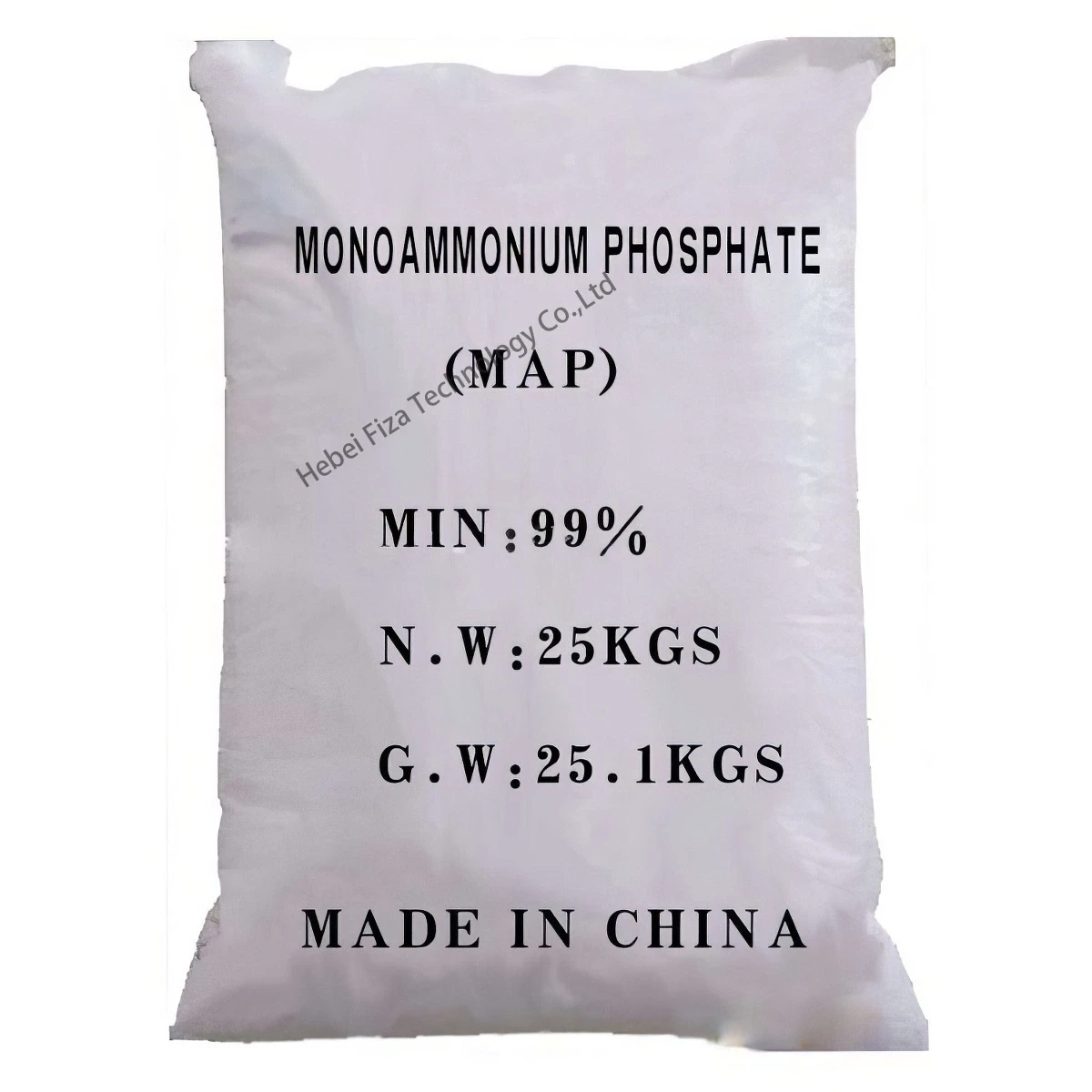



Exploring the Benefits and Applications of Chlorine Dioxide Treatment Systems in Water Purification
Chlorine Dioxide Systems An Overview
Chlorine dioxide (ClO2) is a powerful, versatile, and environmentally friendly disinfectant that has gained popularity across various industries. Unlike chlorine, which can form harmful by-products, chlorine dioxide is effective at eliminating pathogens without generating dangerous residuals. Its unique properties make it an ideal choice for water treatment, food safety, and industrial applications. This article explores the systems based on chlorine dioxide, their benefits, and their applications.
What is Chlorine Dioxide?
Chlorine dioxide is a yellow-green gas at room temperature, characterized by its distinct odor. It is highly soluble in water, making it suitable for various applications. Its primary function is as a disinfectant, capable of killing a wide range of microorganisms, including bacteria, viruses, and protozoa. Chlorine dioxide's efficacy stems from its ability to disrupt cell walls and inactivate cellular components, leading to the rapid elimination of pathogens.
Chlorine Dioxide Generation Systems
Chlorine dioxide can be generated on-site using different systems, primarily through chemical reactions. The two most common methods for generating ClO2 are
1. Chlorite Method This involves the reaction of sodium chlorite with an acid, resulting in chlorine dioxide. The typical reaction takes place in a controlled environment to ensure that the concentration of ClO2 remains at safe levels.
2. Electrochemical Method This newer technology utilizes electrolysis to produce chlorine dioxide from sodium chloride and sodium chlorite solutions. The electrochemical method is highly efficient and allows for the precise control of chlorine dioxide concentration in real time.
Both systems provide an array of benefits. By generating chlorine dioxide on-site, organizations can minimize shipping costs, enhance safety, and maintain fresh supplies. Furthermore, these systems are relatively easy to operate and require minimal maintenance.
chlorine dioxide systems

Applications of Chlorine Dioxide Systems
Chlorine dioxide systems have a wide range of applications across various sectors
1. Water Treatment One of the most significant uses of chlorine dioxide is in water treatment facilities. It effectively disinfects drinking water by eliminating pathogens while avoiding the formation of harmful disinfection by-products commonly associated with chlorine. Chlorine dioxide is also beneficial in wastewater treatment, helping to reduce odor and enhance the quality of effluent water.
2. Food Safety In the food industry, chlorine dioxide is employed as a sanitizer for food processing equipment and surfaces. Its ability to penetrate biofilms and residues effectively kills bacteria, molds, and yeast, thereby reducing the risk of foodborne illnesses. Additionally, ClO2 can be used in aqueous solutions to sanitize fruits and vegetables, extending their shelf life without altering their taste or quality.
3. Industrial Applications Chlorine dioxide systems are increasingly used in industrial settings for various purposes, including pulp and paper processing, cooling water treatment, and oilfield applications. In these scenarios, ClO2 helps control microbial growth, reduce corrosion, and enhance the overall efficiency of processes.
4. Healthcare Settings In hospitals and healthcare facilities, chlorine dioxide is utilized for surface disinfection and sterilization of medical instruments. Its rapid action and broad-spectrum efficacy against pathogens, including resistant strains, make it a vital tool for infection control.
Safety and Environmental Considerations
Although chlorine dioxide is a powerful disinfectant, it must be handled with care. It can be hazardous at high concentrations, necessitating appropriate safety precautions during storage and use. However, when generated and utilized correctly, chlorine dioxide poses minimal risk to human health and the environment. Its breakdown products are non-toxic, affirming its status as an environmentally friendly alternative to traditional chlorine sanitizers.
In conclusion, chlorine dioxide systems represent a significant advancement in disinfection technology. Their versatility and efficacy in a multitude of applications, ranging from water treatment to food safety, highlight their importance in maintaining public health standards. As industries continue to prioritize safety, sustainability, and efficiency, the adoption of chlorine dioxide as a preferred disinfectant is expected to rise, reinforcing its critical role in modern sanitation practices.
-
Why Sodium Persulfate Is Everywhere NowNewsJul.07,2025
-
Why Polyacrylamide Is in High DemandNewsJul.07,2025
-
Understanding Paint Chemicals and Their ApplicationsNewsJul.07,2025
-
Smart Use Of Mining ChemicalsNewsJul.07,2025
-
Practical Uses of Potassium MonopersulfateNewsJul.07,2025
-
Agrochemicals In Real FarmingNewsJul.07,2025
-
Sodium Chlorite Hot UsesNewsJul.01,2025










